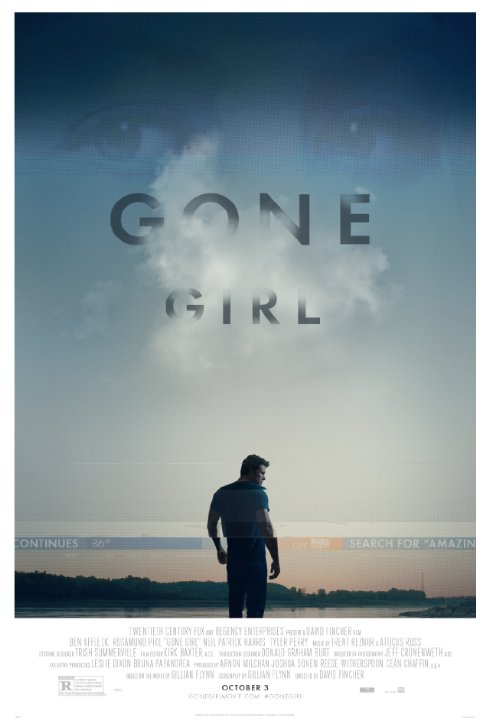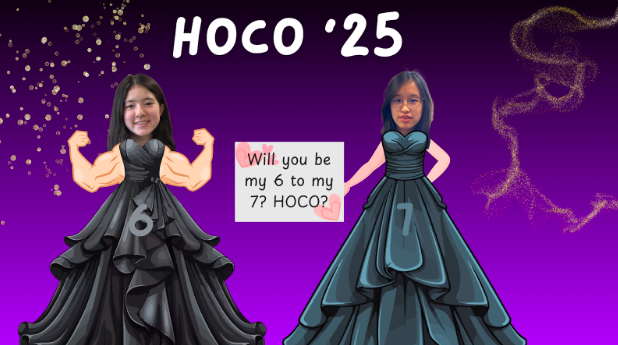“Gone Girl” a perfect fit for Fincher
October 16, 2014
In the grand tradition of book adaptations, directors are quite often threatened by rabid fans of the novel who promise pain if the film falls short of expectations. With “Gone Girl,” this is simply not the case. Director David Fincher, along with author Gillian Flynn, have created a film worthy of the book’s toughest critic.
“Gone Girl” is a 2012 New York Times Bestseller and thriller detailing the mysterious circumstances of Amy Dunne’s disappearance and her husband Nick’s possible involvement.
The book is divided into two perspectives- the first dancing between Amy’s journal before her disappearance and Nick’s day-to-day life after his wife vanishes. The movie jumps between flashbacks from Amy’s perspective and Nick’s present day encounters. Fincher’s color schemes contrast the eerie reality to the couple’s vivacious past, using muted color schemes and warm colors respectively.
Fincher is used to dealing with strong female leads, having just directed Rooney Mara in “The Girl with the Dragon Tattoo.” He lines up all the other players in his films as a mirror to show off the main female, and he does this very well. Rosamund Pike is able to shine through her conflicts and interactions with all other characters. The cinematography also stands out, while still remaining subtle. His use of grays and darkness to paint the ominous setting of the film is done flawlessly. One lasting image of the film was the startling contrast of the films title fading from black to white over a beautiful landscape image of a dreary beach.
Ben Affleck’s portrayal of Nick is something fans and newcomers alike will enjoy. Flynn writes Nick as initially dumbfounded with the disappearance of his wife. However, his behavior is perceived by others as suspicious, and Affleck is able to convey this precisely. Affleck also brings a level of lovableness to the character that may not have been obvious on paper. Pike was presented the difficult task of bringing Amy to life in flashbacks and presenting the character to audiences showing her descent into the foggy circumstances that surround her absence. Pike’s fluidity as an actress allows her to conform to this complex character. Pike becomes Amy, and entices Affleck along with viewers. Her ability to bring Amy and pump her full of color makes this film worthwhile from start to finish. Together, the two actors hitch onto these characters and carry them from a promising future to the dark, twisted expanses of reality.
Fincher has many advantages in adapting this novel into a film, including enlisting the novel’s author to write the screenplay and having the film’s score composed by Atticus Ross and Trent Reznor. Ross and Reznor join forces a third time to compose a chilling and enticing musical soundtrack to accompany this thrilling drama.
“Gone Girl” is raised elegantly from the pages to the screen by talented actors in perfectly cast roles, and the mixing of beautiful cinematography with a haunting score.


